Arnold Böcklin's 'Isle of the Dead'
A symbolic reminder of the inevitability of death
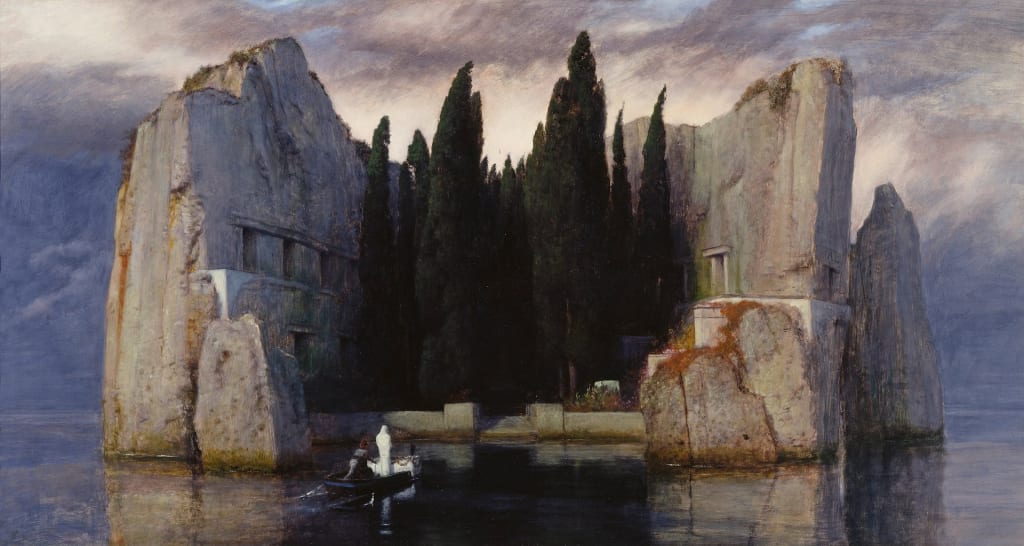
Death is inevitable. A reality that unites all humans. In medieval times, the practice of reflecting the transient nature of earthy life was known as memento mori - a Latin phrase meaning 'remember that you must die.' Since time immemorial, artists have developed a universal language to explore the concepts of memento mori. Common elements include skulls, flowers, or candles to imply the persistence of time.
Arnold Böcklin's Isle of the Dead is one such painting that might not involve usual memento mori elements but witness death with close proximity.
The solemn mystery of this land and seascape arises from its symmetry, uprightness, and containment. Several "unknown effects" - empty water, enclosing rock, impenetrable wood - are fused.
The Isle of the Dead must be the most straightfaced picture ever made. It is a world of unrelieved symbolism. Everything in it is dedicated to conjuring up a single, somber atmosphere.
Böcklin's personal life
Arnold Böcklin was a Swiss Symbolist painter whose compositions encapsulated mythology, allegory, and fantastical figures. Böcklin had a recurring theme of death and darkness in his paintings. It might be due to the tragic incidents that occurred in his life - his fiancé died when she was really young and when he got married, out of his 14 children, 8 children expired.
Böcklin's paintings
1. Self-Portrait with Death Playing the Fiddle
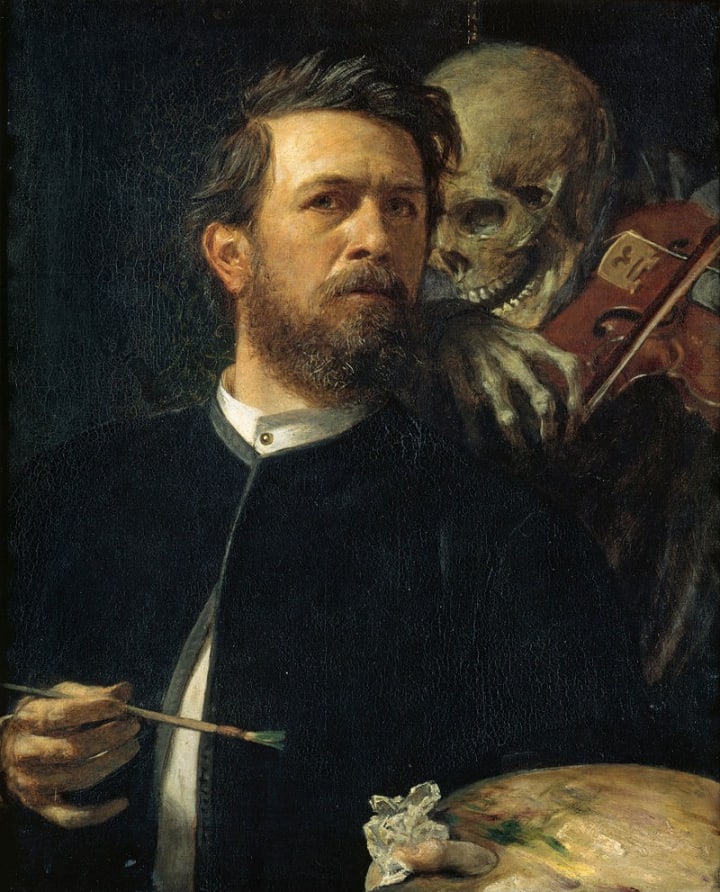
Self-Portrait with Death Playing the Fiddle personifies death. Böcklin's close proximity with death was sheltered in his psyche and translated onto canvas. In this portrait, death is playing on the lowest string, tuned to G, which is the only string of the fiddle.
2. Plague
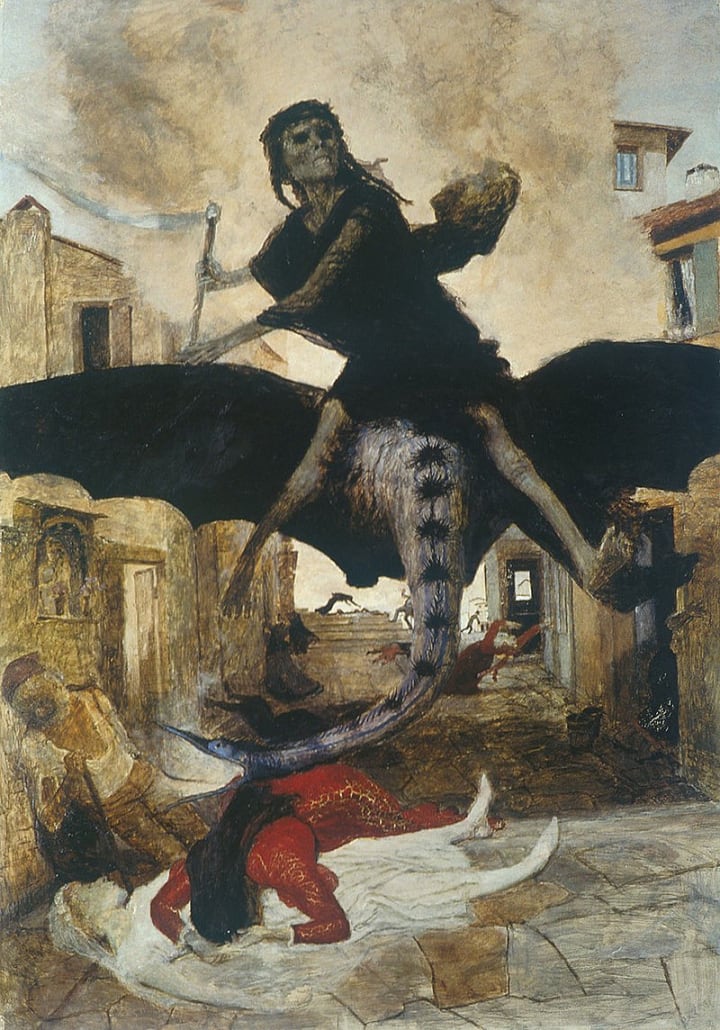
The plague was painted in 1898 which amplifies the artists' obsession with death and nightmarish figures. The painting portrays Death riding on a bat-like winged creature traveling through the streets of a medieval European town. The woman in red in mid-foreground sobs across the corpse of the woman in white.
3. Playing in the Waves
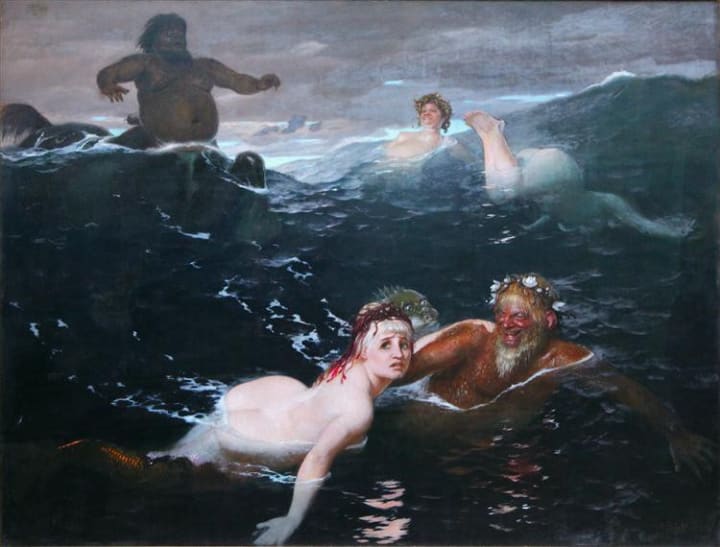
Playing in the Waves is another artwork where the figure with demonic laughter could be loosely inspired by Triton, the sea god, and merman of Greek mythology, and the woman bather seems frightful.
Isle of the Dead
Böcklin created five versions of the Isle of the Dead between 1880 and 1901. This iconic artwork became so popular that in the early 20th century it could be found mostly in every Berlin home. Sigmund Freud, Vladimir Lenin, and Adolf Hitler had the reproduced version of Isle of the Dead. The scene also inspired the Russian composer Sergei Rachmaninoff to compose a symphonic poem, Isle of the Dead, and the Surrealist painter Salvador Dali.
It is believed that Böcklin was inspired to paint the landscape while he stayed in Ischia and visited a small island called Castello Alfonso. When one of the visitors, Marie Berna, visited his studio and saw the unfinished canvas, she couldn't take her eyes off the canvas. With the tragic passing of her husband, she asked Böcklin to add a few elements to the canvas and that resulted in an enigmatic masterpiece.
Böcklin later wrote to her, "you will be able to dream yourself into the world of dark shadows."
The painting depicts a desolate and rocky islet seen across an expanse of dark water. An oarsman maneuvers the boat and the shrouded figure in white is standing near the festooned object commonly interpreted as a coffin. The tiny islet is covered with dense cypress trees which are associated with cemeteries and mourning.
The woman clad in white might be taking the coffin to one of the mausoleums which would be the final resting place for the deceased.
Böcklin himself provided no public explanation as to the meaning of the painting, though he did describe it as "a dream picture: it must produce such a stillness that one would be awed by a knock on the door.
References-
1. Death in Arnold Bocklin's Art
If you like this, you might enjoy my Youtube video on The Artistically Grotesque Paintings of Giuseppe Arcimboldo.
About the Creator
Kamna Kirti
Art enthusiast. I engage with art at a deep level. I also share insights about entrepreneurship, founders & nascent technologies.
https://linktr.ee/kamnakirti


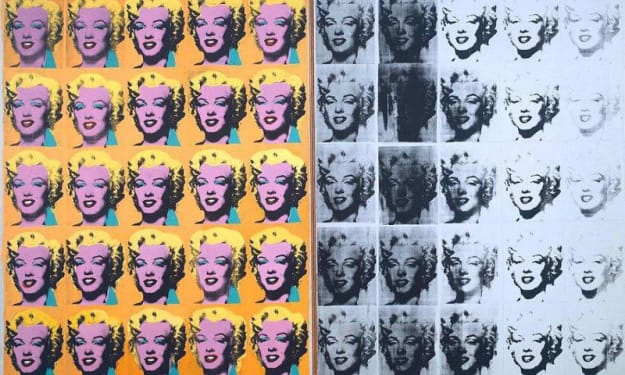



Comments
There are no comments for this story
Be the first to respond and start the conversation.